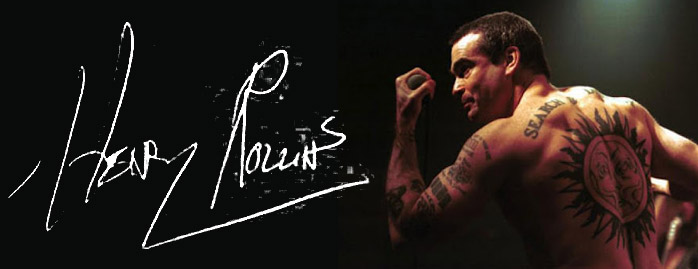On Love & Money
“What the issue comes down to for me is this:
I believe that life happens on two levels. The body-level tells us to go commercial. The soul-level tells us to follow our hearts.
If you’re lucky, you’re like Bruce Springsteen. You live on the heart level and you never have to leave it. You ignore every concept of “what will sell.” Instead you dive deep into your own world and your own passions. You go from Born to Run to Darkness on the Edge of Town to The River to Born in the USA and you keep going.
If you’re the Boss, you don’t have to sell out. You don’t have to pander to your audience. Instead you lead them. They want you to. You tell your story, follow your obsessions—and, holy Asbury Park, your secret, inner, crazy life turns out to be their secret inner crazy life too.”
I’ve got friends on both sides of this argument.
Most of the ones on the “for love” side do that for a living—they tell people how to do what you love for a living.
Most of the ones on the “for money” side seem to say so just to spite the guys on the love side.
Pressfield helps me to cut through the platitudes and go to my story: what’s been my experience?
I’ve been in safe and profitable jobs. For one reason or another I’ve quit every one.
I’ve been enthusiastic about lots of stuff — been in love a lot — and most of those haven’t made me much money.
But I seem to make better friends through the love stuff. (Most of the friends that I mentioned above, in fact. Except for one, whom I met when I was in one of those jobs I quit).
And doing the love stuff has led me to where I am now, creating a learning community for online entrepreneurs. I can’t tell if this one’s more for the love or for the money. I’m hoping it’ll do both nicely.
And it should be said, of all the love stuff I’ve done, I never really went all in on any of them. This is the first time I’ve had enough experience, stones and muscles to focus and dedicate myself to anything.
So that’s my new answer to the question: what does your own experience tell you?
